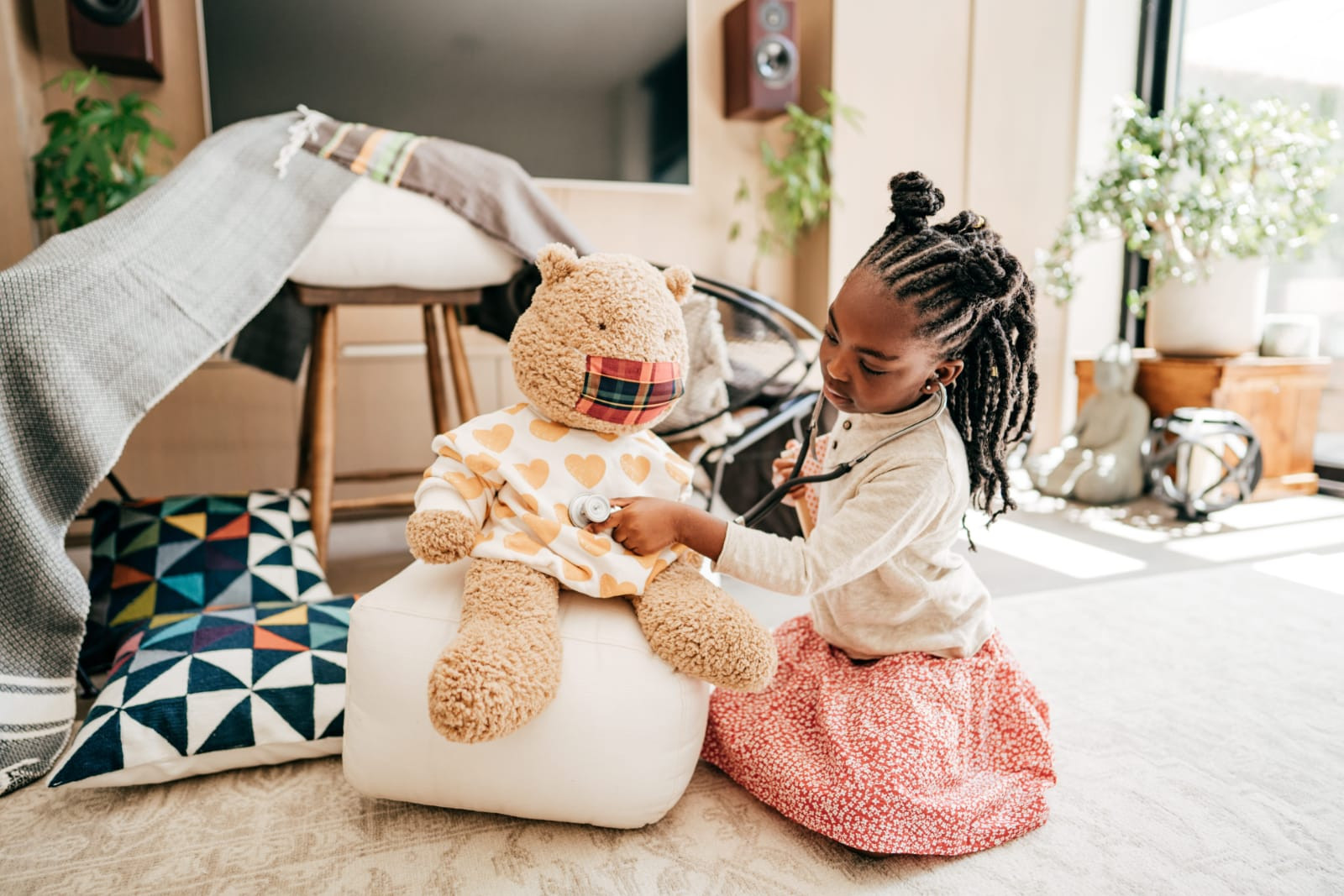Addressing the Intersecting Crises of COVID-19 and Childhood Obesity

Challenge
Childhood obesity puts roughly one-third of young people in the United States at greater risk of type 2 diabetes, high blood pressure and other chronic health conditions. Rates have remained stubbornly high for decades, and experts predict COVID-19 may worsen the epidemic.
The COVID-19 pandemic forced schools closed, causing millions of children to lose access to a regular source of healthy meals and safe physical activity. The ensuing recession caused millions of caregivers to lose income and jobs, making more families struggle to afford enough healthy food for their kids. COVID-19 also disproportionately impacts people of color and communities with low incomes—populations who have higher rates of and risks for obesity.
Preventing childhood obesity and ensuring all children have a fair shot at growing up healthy is a priority for the Robert Wood Johnson Foundation (RWJF). With the release of their second annual State of Childhood Obesity report in late 2020, it was critical to explain the overlap between groups that are being hit hardest by COVID-19 and what the country needs to do to address these interwoven challenges.
Our Approach
Together with RWJF, we developed messages to explain how the COVID-19 and childhood obesity crises intersect. We identified leaders around the country who were serving on the front lines during the COVID-19 pandemic to ensure kids and families had access to healthy foods.
We found creative ways to collect photos and conducted virtual interviews to curate a collection of stories and expert perspectives that underscore the urgent need for stronger, more equitable policies that support all children and families, including those in historically underserved communities. And to promote the report and the Foundation’s comprehensive set of policy recommendations, we leveraged Dr. Rich Besser, president and CEO of RWJF, pitched a wide range of media outlets and engaged partners at all levels.
Results and Impact
Our approach worked. Despite releasing the Foundation’s report during a COVID-19 surge and just weeks before a presidential election, we garnered widespread media coverage, including by USA Today and Univision. Online stories nationally and in 28 states reached roughly 619,000 readers, and radio and TV interviews created more than 2 million impressions.
This reach helped ensure that the Foundation’s messaging about prioritizing children’s health during the pandemic and the connection between COVID-19 and childhood obesity remained part of the public discussion. This work also helped lay the groundwork for other policy efforts from the Foundation in early 2021, including calling for strengthening key federal nutrition programs, such as school foods, the Supplemental Nutrition Assistance Program (SNAP), and the Special Supplemental Nutrition Program for Women, Infants, and Children (WIC), all of which are affected by COVID-19 relief efforts.